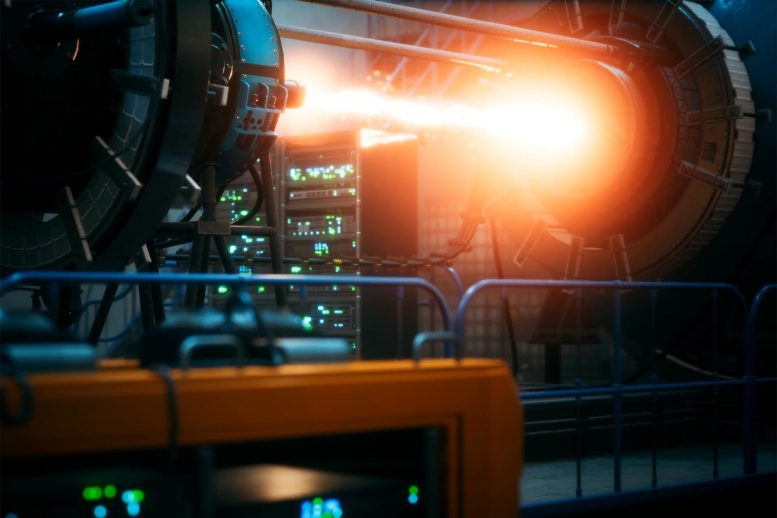The 1935 Einstein-Podolsky-Rosen (EPR) thought experiment introduced the concept of quantum entanglement, later named by Schrödinger. This groundbreaking work revealed how two previously interacting particles could maintain correlations despite separation. When measuring either position or momentum of both particles, EPR discovered that while individual measurements varied due to quantum uncertainty, correlations between paired measurements remained perfect.
In the original experiment, position measurements of particles A and B yielded varying but identical values, while momentum measurements always summed to zero. This elimination of uncertainty in relative measurements led EPR to question quantum theory’s completeness, while Schrödinger identified a paradox.
Notably, EPR never explained how to create position/momentum entanglement between particles. Since the 1970s, numerous experiments have demonstrated the EPR paradox using various quantum systems. These include entangled photon numbers, trapped ions, atoms with cavity modes, atomic mechanical oscillators, electron spin oscillators in separated crystals, and phonon excitations in mechanical oscillators.
A second category of EPR experiments uses indefinite numbers of quanta, creating entanglement between position-like and momentum-like observables such as amplitude and phase quadrature amplitudes. Examples include laser beams with defined optical properties and the collective spin projections of atomic clouds.
The author, Roman Schnabel, professor at the University of Hamburg, presents a previously unknown mechanism for creating the original EPR entanglement between free particles’ actual positions and momenta: a one-dimensional elastic collision between particles of unequal mass (e.g., 1:3 ratio) that are initially in position-squeezed and momentum-squeezed Gaussian states, respectively. This entanglement results naturally from quantum uncertainty combined with conservation laws.
The author employs a semi-classical approach that ignores wave function interference during collision, justified because the particles have different masses and quantum states. Measurements occur only after wave functions have separated, avoiding semi-classical approximation during measurement.
This work finally completes the original EPR thought experiment by proposing how to create and test position/momentum entanglement using freely propagating atoms or ions, enabling experimental verification of the fundamental paradox that launched quantum information science.
Reference: Schnabel, R. Discovery of entanglement generation by elastic collision to realise the original Einstein-Podolsky-Rosen thought experiment. npj Quantum Inf 11, 76 (2025). doi:10.1038/s41534-025-01028-7




